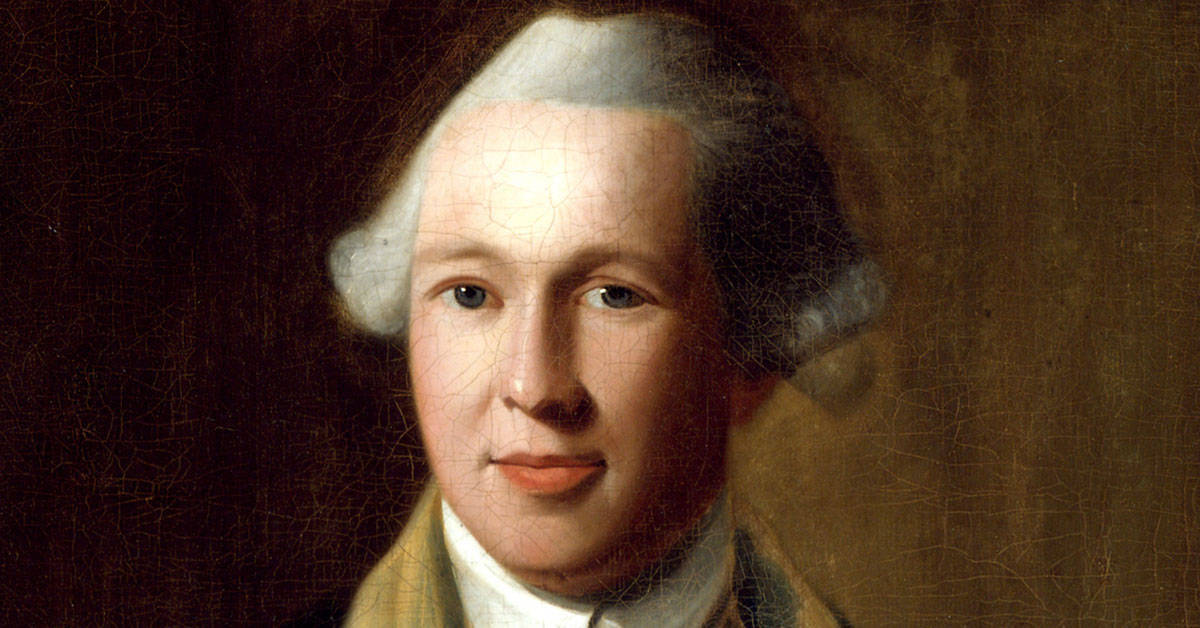Doctor Joseph Warren was one of America’s greatest heroes yet few people know his name; especially when compared to the likes of Washington, Jefferson, and Revere. He played a major role in American Patriot organizations in the city of Boston in the early days of American resistance to British rule. He fought in the early engagements of the American Revolution but tragically died long before he could complete his mission.
Early Life
Warren was born in Roxbury on June 11, 1741, enrolled in Harvard University aged 14 and graduated in 1759. After a brief spell as a teacher, he showed a serious interest in medicine and was the youngest doctor in Boston in 1763. Warren’s patients included the likes of John Adams, John Quincy Adams, Samuel Adams and John Hancock.
He was regarded as one of the finest physicians in the city, and his reputation afforded him access to important Loyalists such as Thomas Gage, a British General. Indeed, there is evidence that Warren spied on the British throughout his spell as a doctor. Rumor has it that he had an affair with Gage’s wife, Margaret, and gained information from her regarding the movement of British troops to Concord in April 1775.
While working in Boston, Warren joined the Masonic Lodge of St. Andrew and became the Master of the Lodge in 1769; Paul Revere was the secretary at the time. In the same year, he became the Grand Master of the new Provincial Grand Lodge of Massachusetts. Warren also gained an interest in politics and became a member of the Sons of Liberty with the likes of Samuel Adams and Hancock. By now, he was probably a fervent supporter of the movement to drive out the British. His desire would only have been increased by working on the committee that created a report on the Boston Massacre.

Warren Rouses the Masses
Boston’s conflict with the British escalated from 1773 onwards, and Warren was at the forefront of the resistance. After being appointed to the Boston Committee of Correspondence, he delivered public speeches to invigorate the crowd and draw yet more people to the cause. Warren was a magnificent orator by all accounts, and one of his most famous speeches occurred on March 6, 1775, inside the Old South Meeting House.
Instead of arriving to deliver a routine speech, Warren added a touch of the dramatic by taking to the podium dressed in a white Roman toga; it was meant as a display of democracy. Hundreds of British soldiers and officers were in attendance, and they tried to intimidate the doctor. Apparently, one of the soldiers held up bullets in his palm as a death threat, but a calm and collected Warren delighted the crowd with an energetic address.

The Midnight Rides
Warren helped draft the Suffolk Resolves to advocate resistance to the so-called Intolerable Acts of the British Parliament, and by the middle of April 1775, the only members of the Committee of Correspondence that remained in the city were Benjamin Church and Warren. On April 18, British forces in Boston assembled for a raid on Concord. It was a well-known fact that Gage aimed to destroy the weaponry of the enemy in the town and capture Adams and Hancock. A lot of Patriots also knew the general planned to ride through Lexington.
It was Warren that sent Paul Revere and William Dawes on the famous Midnight Rides. There are a lot of myths surrounding this event, but we know that Warren sent two messengers to send a warning to the revolutionaries. At around 9 pm, he sent William Dawes and told him to ride by land through a checkpoint that was guarded by the British. At 10 pm, he sent Revere and told him to make his way to the countryside by the Charles River.

